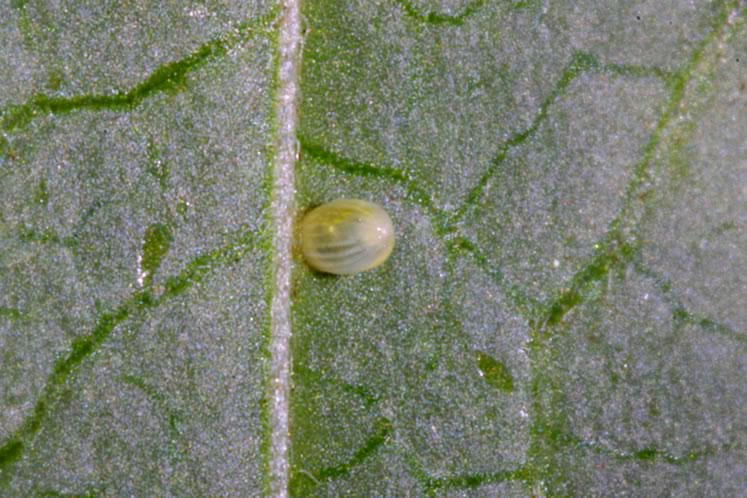Caterpillars and Chrysalides
Caterpillar food plants will summon egg-laying female butterflies to your yard. Then, if sharp-eyed, you may find the minute eggs. More likely you’ll find the caterpillars.
My last blog celebrated the beauty of chrysalides – objects of wonder that beg to be photographed. A search for them will almost certainly come up empty. Chrysalides are simply too well concealed.
Much easier is rearing caterpillars in your yard. In time they will form their exquisite chrysalides right under your nose. Caterpillar food plants will summon egg-laying female butterflies to your yard. Then, if sharp-eyed, you may find the minute eggs. More likely you’ll find the caterpillars. When you do, it is important to protect them quickly. Caterpillars are choice prey for legions of insects and birds.
A simple way to do this is to cover them with mesh – I use paint straining bags available from paint and wallpaper stores – and tie them off at the plant stem. Thus protected from predators, the caterpillars will pupate in two weeks or so.
For monarch butterflies, of course, the larval fare is milkweed. Two excellent garden-worthy milkweeds are the visually stunning butterfly weed (Asclepias tuberosa) and the tall, liqueur-scented swamp milkweed (Asclepias incarnata). Both like as much sun as possible, with the butterfly milkweed favouring drier soils and the marsh milkweed, as befits its name, moister soils.
Not surprisingly, the more milkweed you can grow the better, but it’s also important to provide nectar plants. The milkweeds themselves fit the bill, but ambrosia for monarch butterflies is the nectar of Liatris ligulistylis, a prairie native I’ve recently come to know and love. The flowers of this plant are monarch magnets. And any females drawn to its nectar will likely lay eggs on your milkweed.
Other butterflies will also come to your garden if offered their larval food plants. Rue is great for both giant swallowtails and black swallowtails. Black swallowtails will also lay their eggs on plants in the carrot family such as dill, fennel and parsley.
And though chrysalides are beautiful, the opportunity to experience the whole wondrous butterfly life-cycle is also to be cherished.














